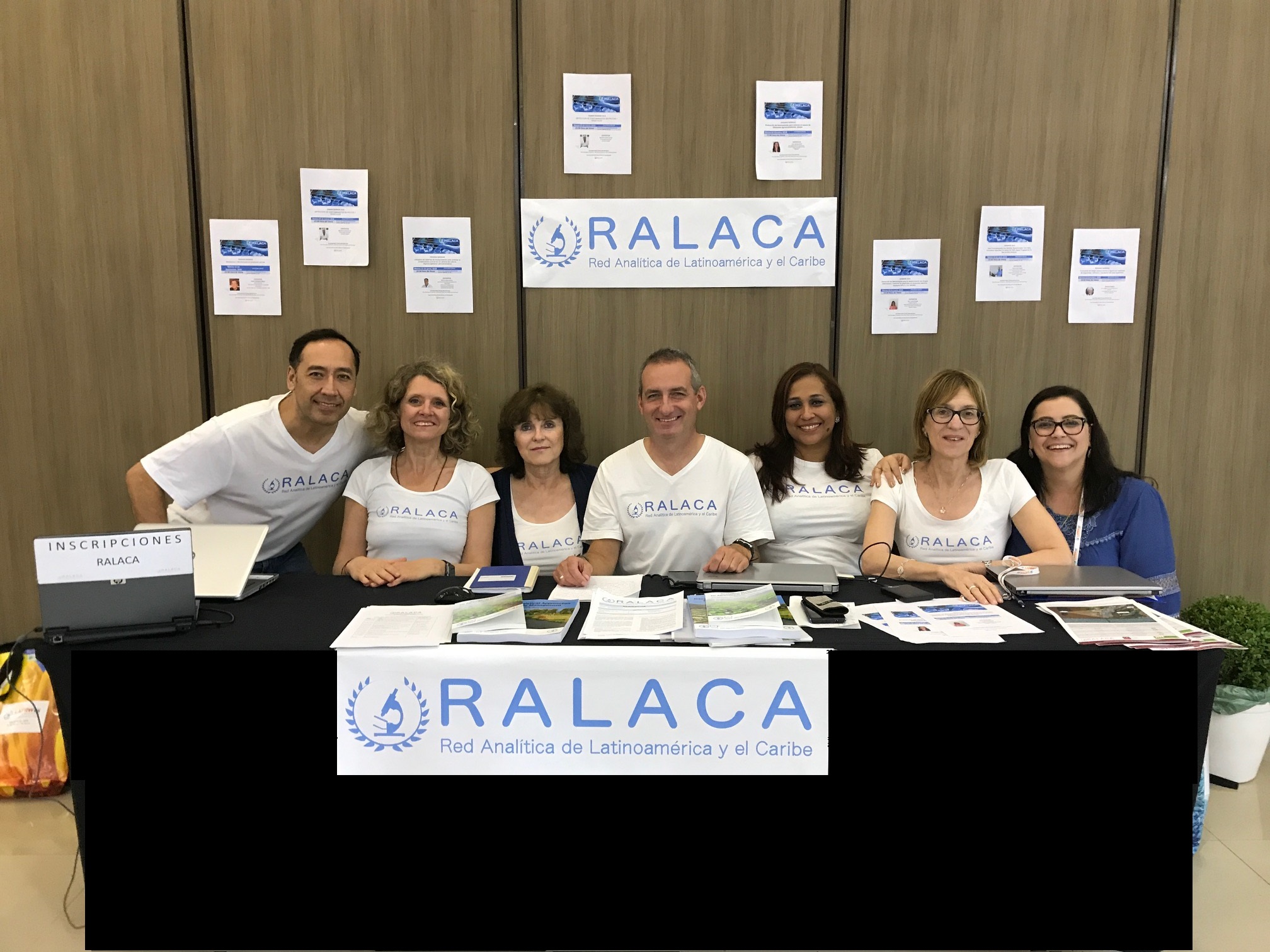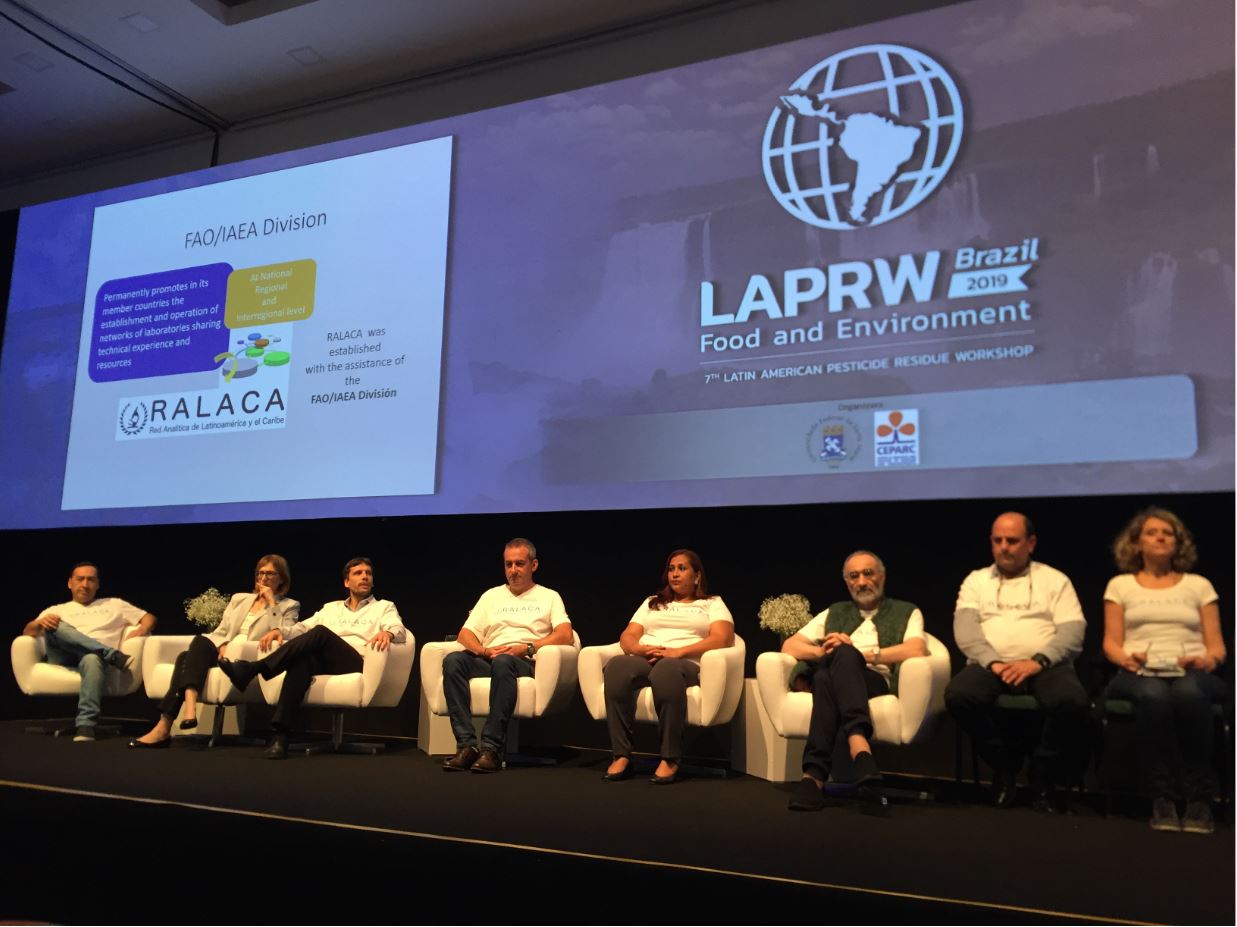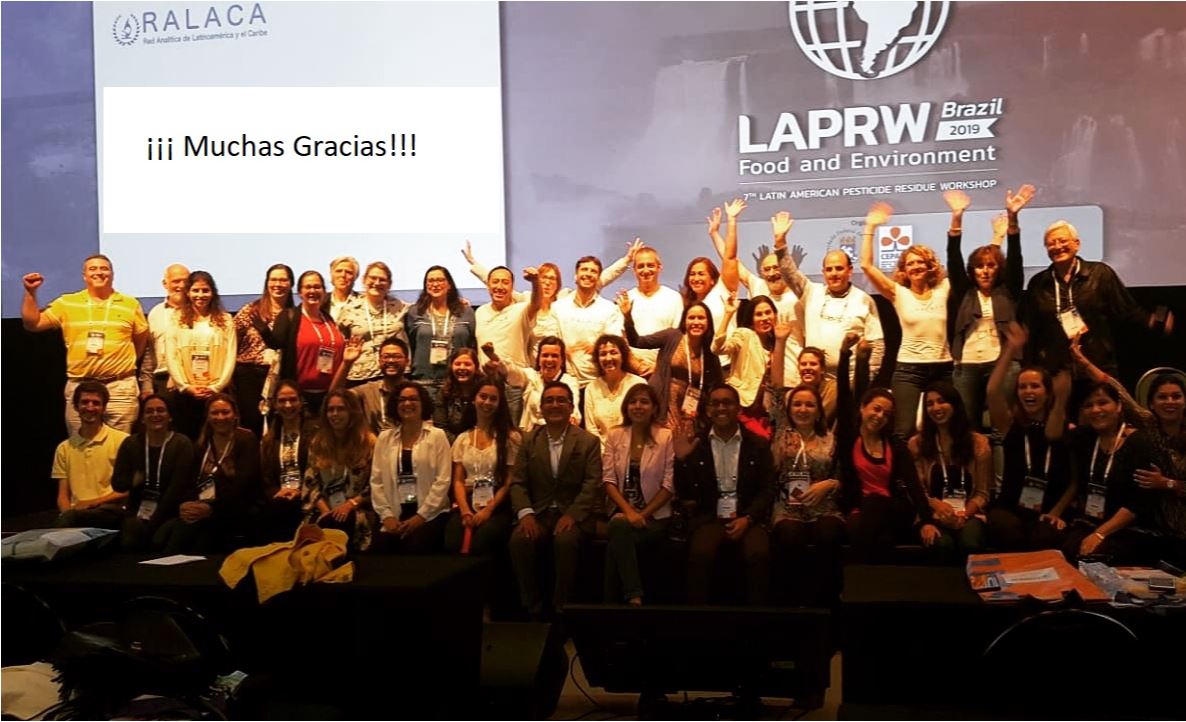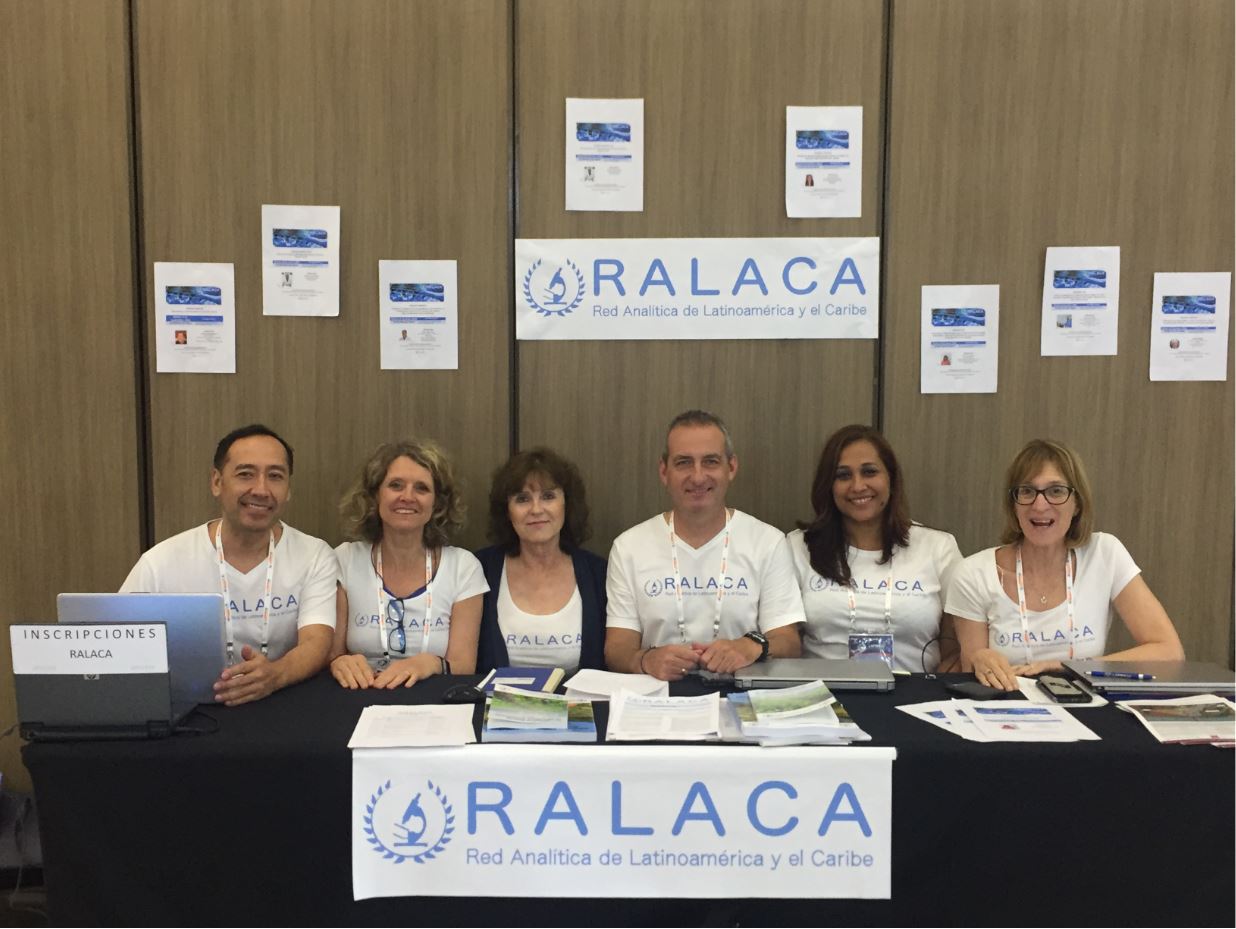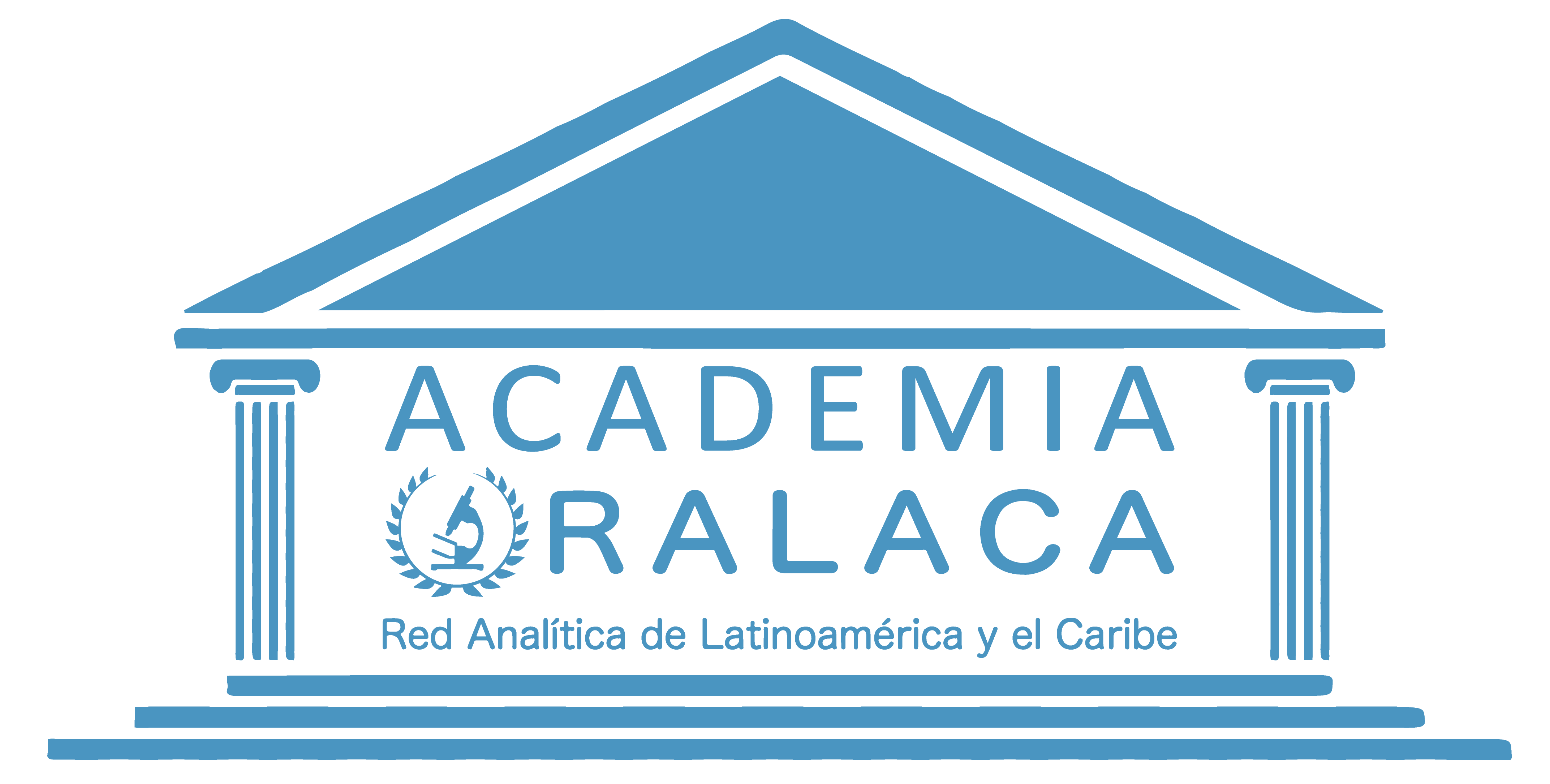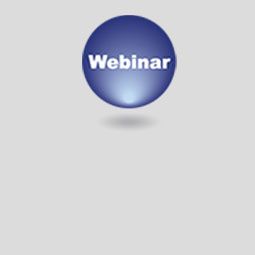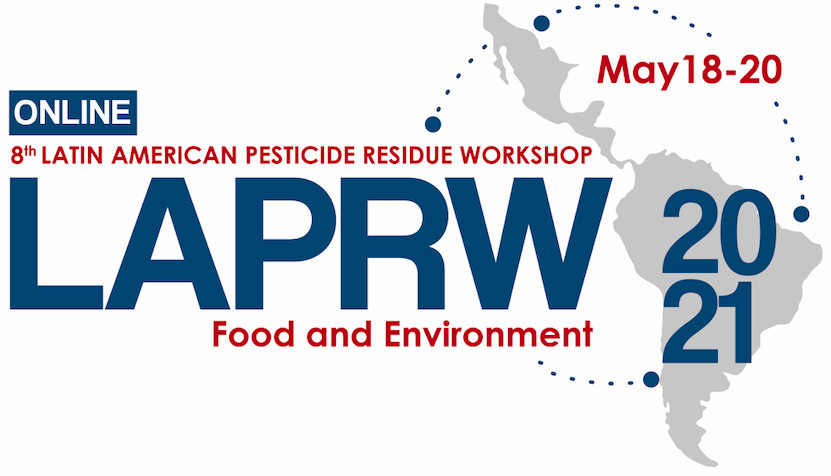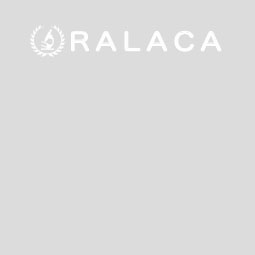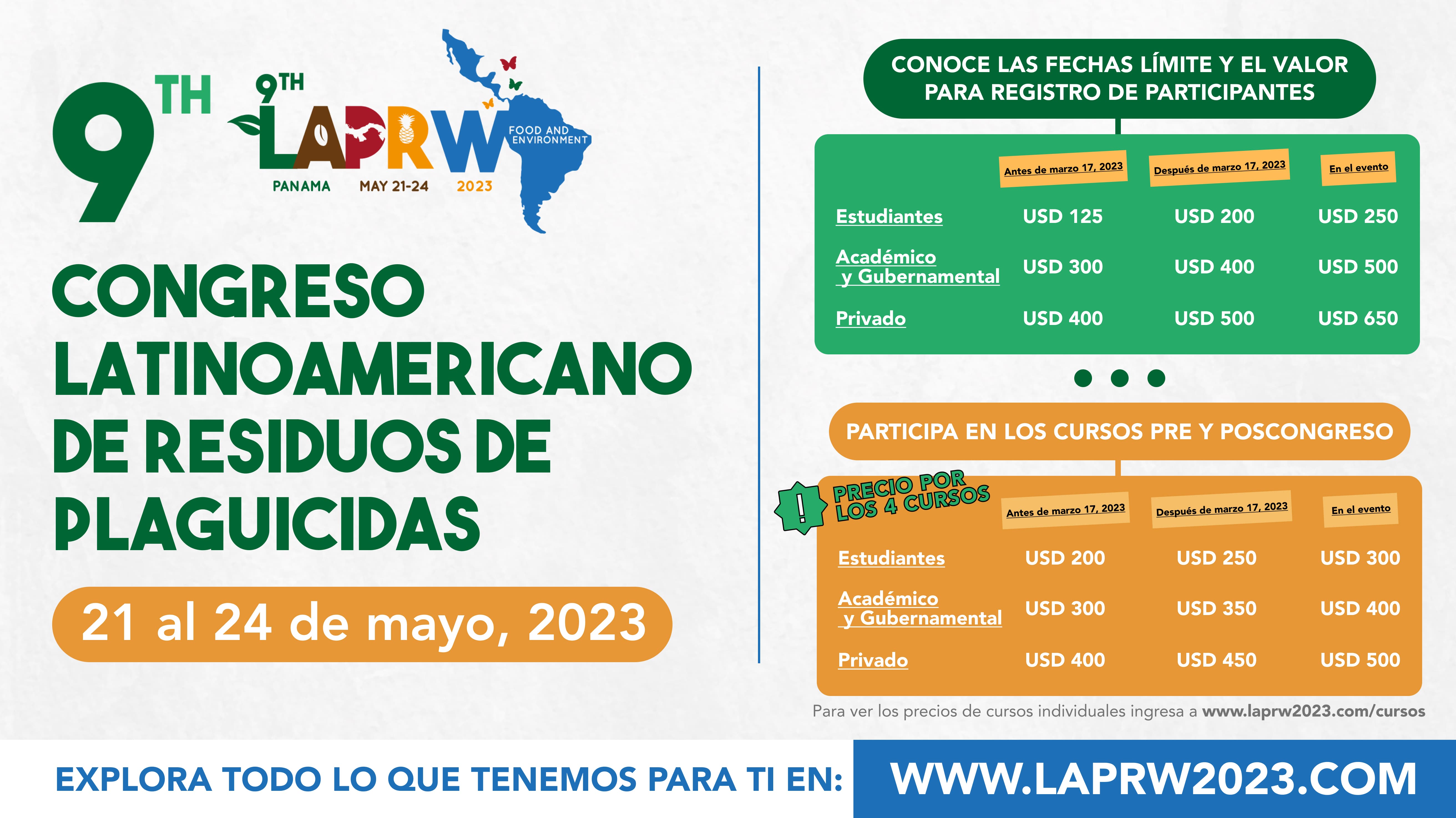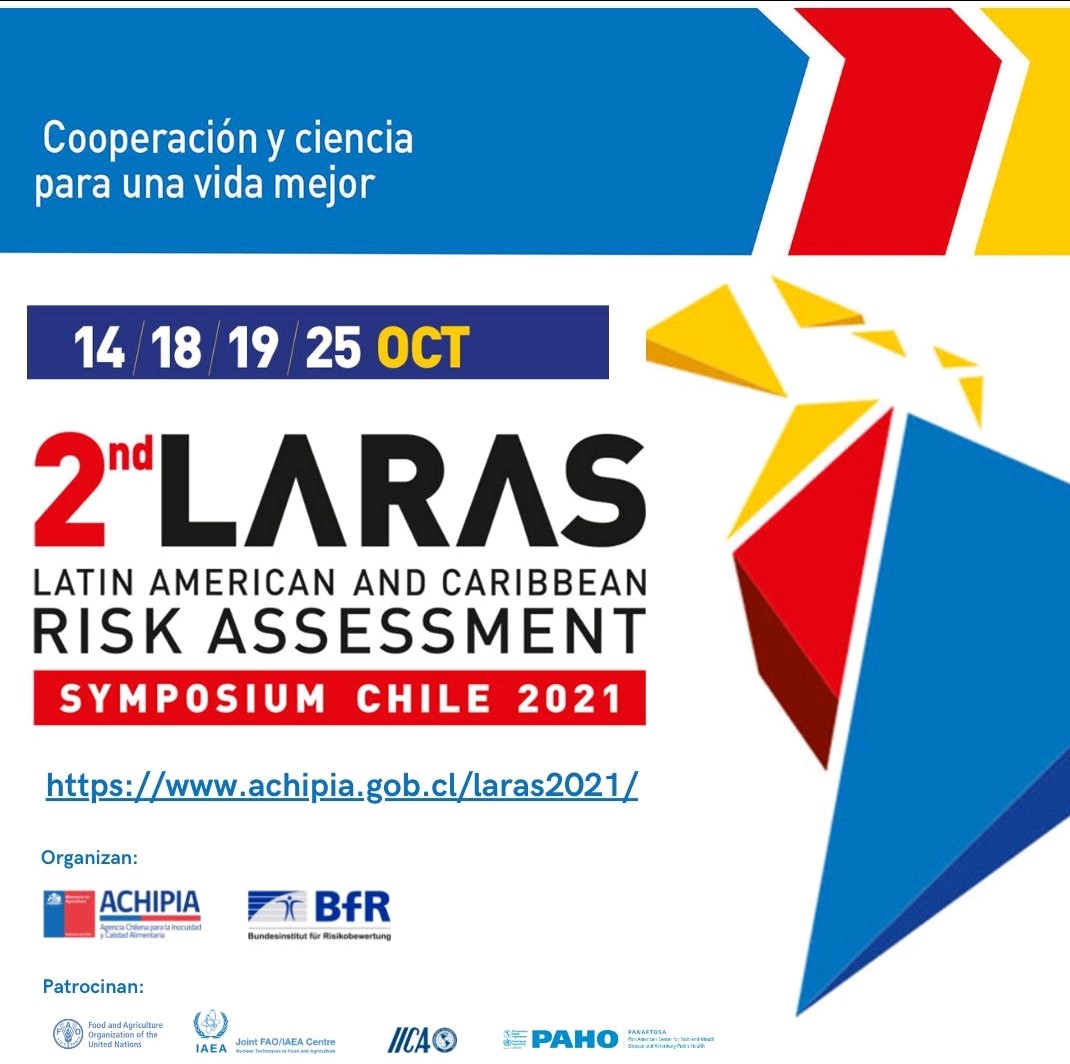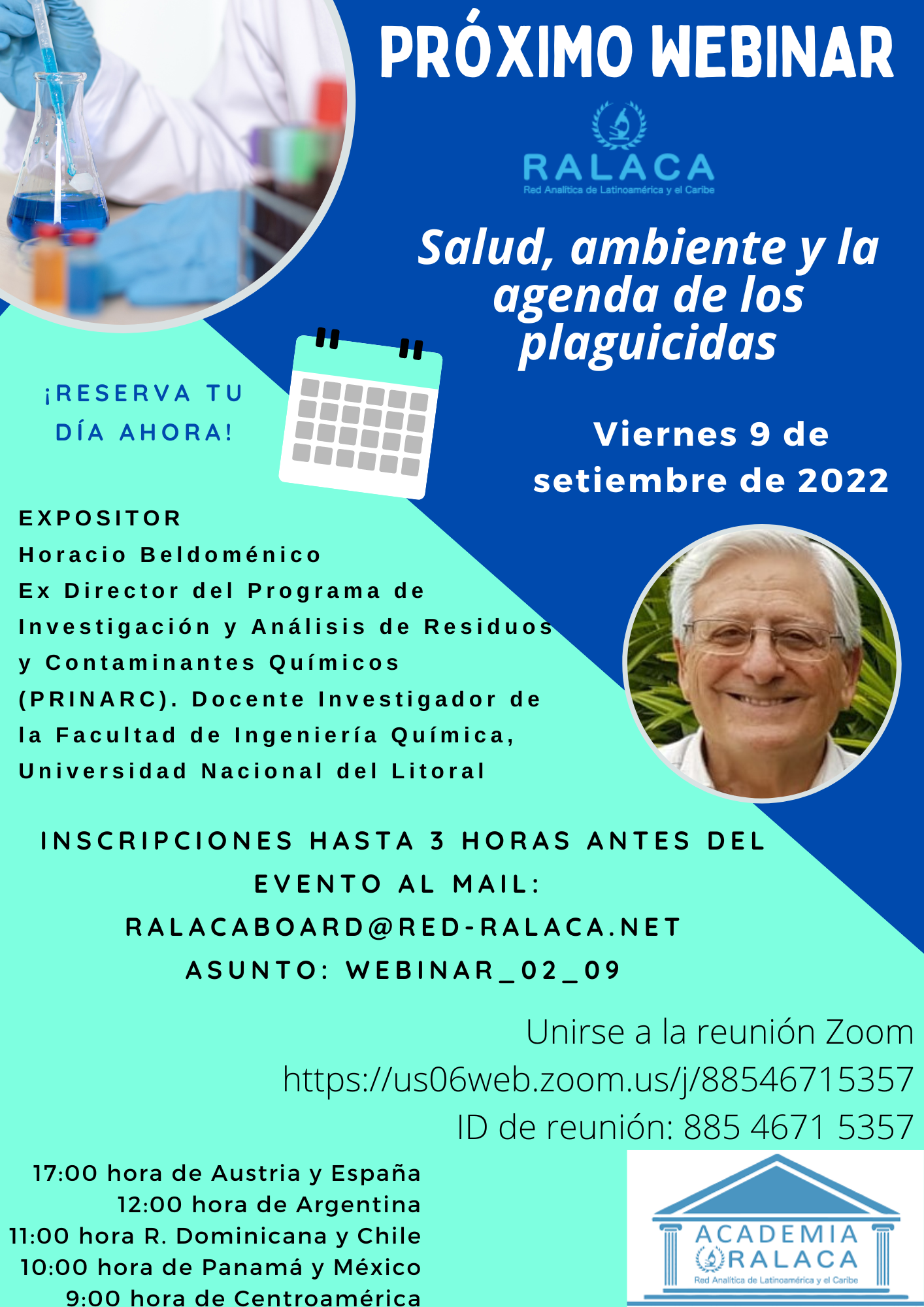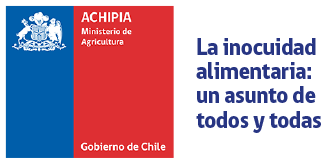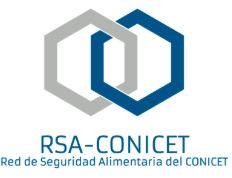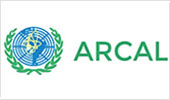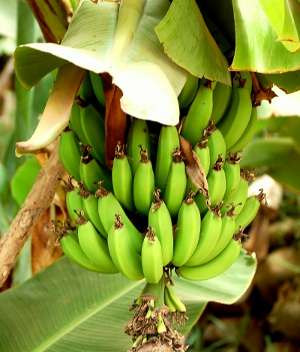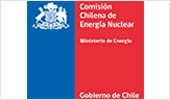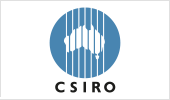COMMITTEE
Who we are |
|
|
Coordinador: Darío Maggioni (Argentina) Secretario: Greivin Perez (Costa Rica) Secretaria Adjunta: Susana Briceño (Costa Rica) |
What we do |
|
| El Comité de Evaluación de Riesgo (Risk Assessement Committe) perteneciente a RALACA es un comité científico-técnico ad-honorem integrado por profesionales e investigadores de distintos países de América Latina y el Caribe el cual tiene como principal objetivo contribuir con el desarrollo y la aplicación de metodologías para la evaluación de riesgos en alimentos. Desde sus comienzos ha orientado sus actividades hacia el tema específico de la evaluación de riesgo dietario para residuos de plaguicidas (dietary risk assessment for pesticide residues) el cual se considera de gran importancia habida cuenta del extendido uso que se hace de estas sustancias y del potencial impacto que pueden tener sobre la salud de la población. |
More info |
|
| Programa de trabajo |
Contact email |
|
Links |
|
Country Reports of QCPF |
| Documents and Resources of QCPF |
|
|
|
|
Contact person in the laboratory: |
Jerry Arana Maestre Melina Abarca Valderrama |
|
Email of contact person: |
This email address is being protected from spambots. You need JavaScript enabled to view it. This email address is being protected from spambots. You need JavaScript enabled to view it. |
|
Mandate of the Laboratory: |
|
|
Role in the farm-to-fork chain: |
|
|
National Reference Laboratory: |
|
|
Type of contaminants analysed: |
|
|
Matrices analysed: |
|
|
Combination matrices and contaminants |
|
|
Description of validated method used: |
|
|
Laboratory accredited according to |
|
|
Provision of interpretation of residue |
|
|
Laboratory certified according to GLP: |
|
|
Is laboratory available for research and |
|
|
Is the laboratory available for quality auditing services within RALACA when funding becomes available? |
|
|
Is the laboratory available for expert missions within RALACA when funding becomes available? |
|
|
Is the laboratory available for ad hoc on- site training when funding becomes available? |
|
|
Is the laboratory available for ad hoc |
|
|
Is the laboratory available for preparation of ad hoc reference materials when projects/funding becomes available? |
|
|
Is the laboratory available for organization and distribution of ad hoc proficiency testing/collaborative trials when projects/funding becomes available? |
|
|
|
|
|
Contact person in the laboratory: |
Dra. Eugenia López López |
|
Email of contact person: |
This email address is being protected from spambots. You need JavaScript enabled to view it. |
|
Mandate of the Laboratory: |
|
|
Role in the farm-to-fork chain: |
|
|
National Reference Laboratory: |
|
|
Type of contaminants analysed: |
|
|
Matrices analysed: |
|
|
Combination matrices and contaminants |
|
|
Description of validated method used: |
|
|
Laboratory accredited according to |
|
|
Provision of interpretation of residue |
|
|
Laboratory certified according to GLP: |
|
|
Is laboratory available for research and |
|
|
Is the laboratory available for quality auditing services within RALACA when funding becomes available? |
|
|
Is the laboratory available for expert missions within RALACA when funding becomes available? |
|
|
Is the laboratory available for ad hoc on- site training when funding becomes available? |
|
|
Is the laboratory available for ad hoc |
|
|
Is the laboratory available for preparation of ad hoc reference materials when projects/funding becomes available? |
|
|
Is the laboratory available for organization and distribution of ad hoc proficiency testing/collaborative trials when projects/funding becomes available? |
|
|
|
|
|
Contact person in the laboratory: |
Lic. Isis Maria Fernández Gómez, MSc. |
|
Email of contact person: |
This email address is being protected from spambots. You need JavaScript enabled to view it. |
|
Mandate of the Laboratory: |
Brindar servicios científico-tecnológicos de protección radiológica a los trabajadores, el público y el medioambiente |
|
Role in the farm-to-fork chain: |
Vigilancia Radiológica de alimentos y agua. Certificación radiológica de alimentos de importación y exportación |
|
National Reference Laboratory: |
|
|
Type of contaminants analysed: |
|
|
Matrices analysed: |
|
|
Combination matrices and contaminants |
|
|
Description of validated method used: |
|
|
Laboratory accredited according to |
|
|
Provision of interpretation of residue |
|
|
Laboratory certified according to GLP: |
|
|
Is laboratory available for research and |
|
|
Is the laboratory available for quality auditing services within RALACA when funding becomes available? |
|
|
Is the laboratory available for expert missions within RALACA when funding becomes available? |
|
|
Is the laboratory available for ad hoc on- site training when funding becomes available? |
|
|
Is the laboratory available for ad hoc |
|
|
Is the laboratory available for preparation of ad hoc reference materials when projects/funding becomes available? |
|
|
Is the laboratory available for organization and distribution of ad hoc proficiency testing/collaborative trials when projects/funding becomes available? |
|
 Vienna, Austria
Vienna, Austria 

